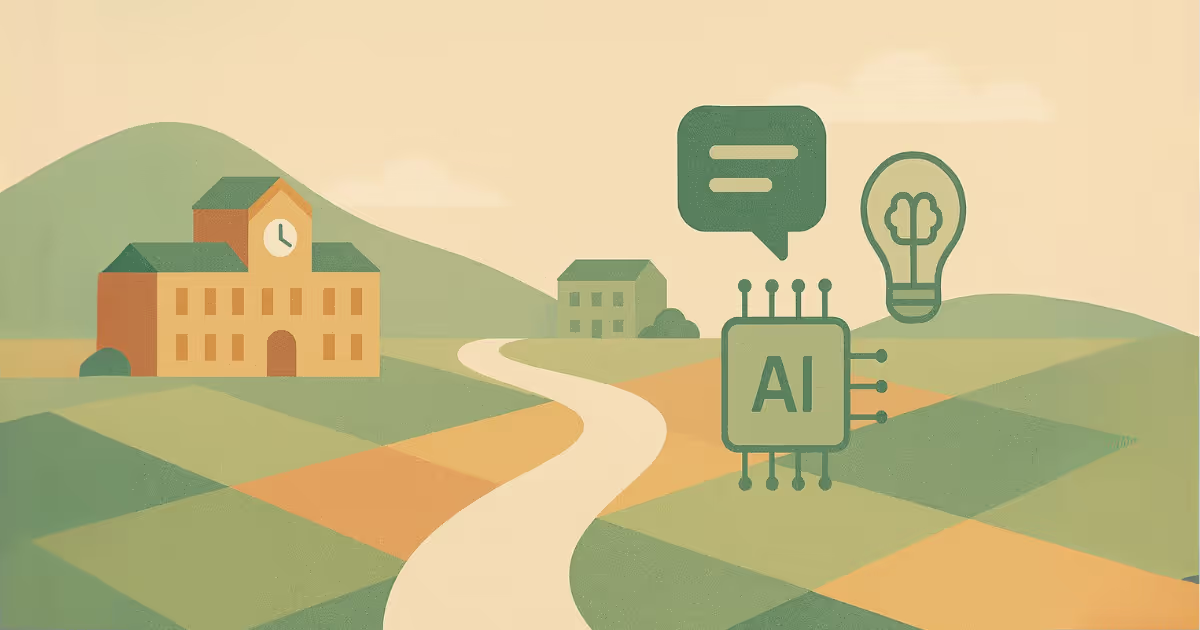Explore real-world classroom scenarios to reflect on ethical AI use and spark staff conversations around policy.

AI in education sounds great in theory. But what does responsible use actually look like in practice?
To help teachers and leaders navigate the grey areas, we created a set of AI Use Case Scenarios you can use in PD sessions, team meetings, or training workshops.
These are part of our broader AI Policy Guide for Schools. You can also pair them with our AI Use Decision Tree and Student Guidelines to create a complete framework for ethical AI use.

Not every situation is black-and-white. These examples:
Whether you're a teacher, coach, or admin, walking through these stories brings clarity and conversation.
A 7th grade teacher uses AI to generate a vocabulary list and quiz, adjusts the level for a student with an IEP, and translates it for an ELL student. She reviews and edits everything before sharing it in class.
Prompt: Is this responsible use? How does it reflect policy guidance around teacher control and differentiation?
A 10th grade student writes a full essay with ChatGPT at home and turns it in without edits or citation. He believes it’s like getting help from a tutor.
Prompt: Is this dishonesty or confusion? How should the teacher respond? What follow-up is needed?
An instructional coach pastes anonymised IEP data into an AI tool not approved by the district. That tool logs all user input.
Prompt: Was this a policy violation? What are the risks? What alternative action could the staff member have taken?
8th grade students use an AI image generator for a science project. They cite the tool and explain their process, but the teacher wasn’t expecting AI to be used.
Prompt: Does this show creative, transparent use? Should there be clearer school guidance on generative media?

You can download the full discussion set here: Download AI Use Scenarios (Google Doc)
Good AI policy isn’t just about rules. It’s about conversations.

Q: Why are AI use case scenarios helpful in schools?
They help educators explore real-life situations where AI use may be appropriate, questionable, or risky—and discuss them as a team.
Q: Can students use AI creatively for projects?
Yes, as long as their use is transparent and doesn’t violate assignment expectations or academic integrity.
Q: What happens if staff misuse AI with student data?
If a tool isn’t approved and collects sensitive information, it may violate school policy or privacy laws like FERPA.

AI for Teachers
We’re the Monsha Team—a group of educators, engineers, and designers building tools to help teachers combat burnout and get back to life.. Our blogs reflect real classroom needs, drawn from conversations with educators around the world and our own journey building Monsha.
Join thousands of educators who use Monsha to plan courses, design units, build lessons, and create classroom-ready materials faster. Monsha brings AI-powered curriculum planning and resource creation into a simple workflow for teachers and schools.
Get started for free